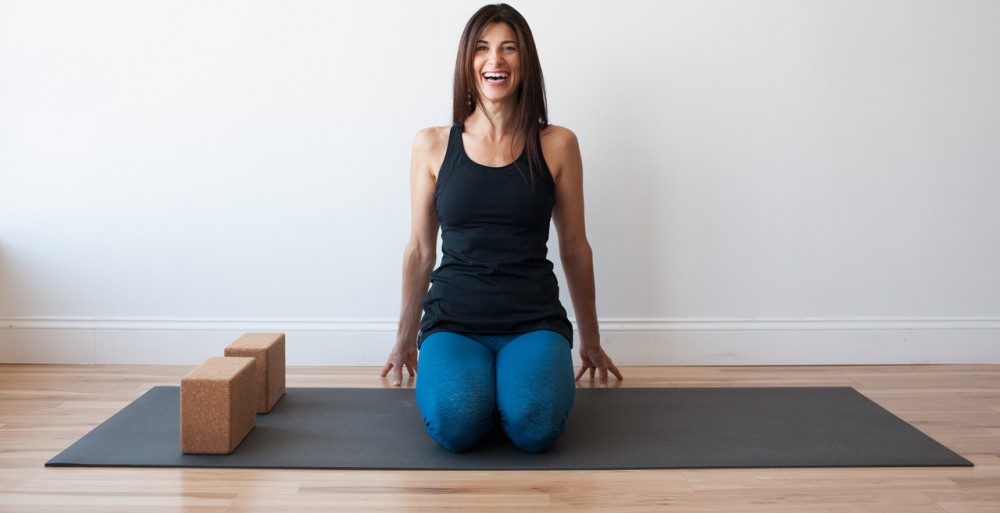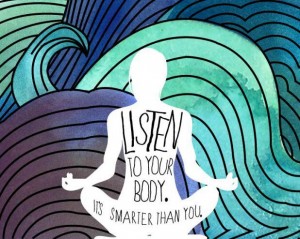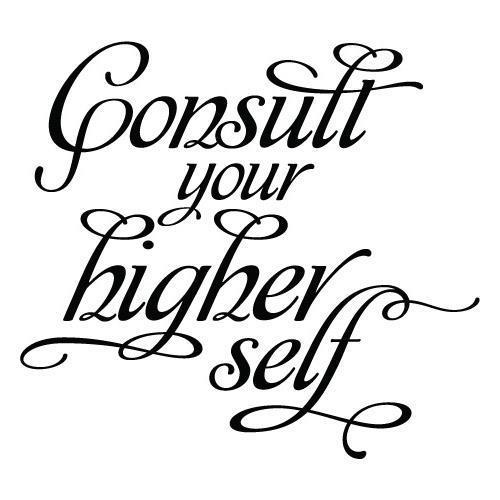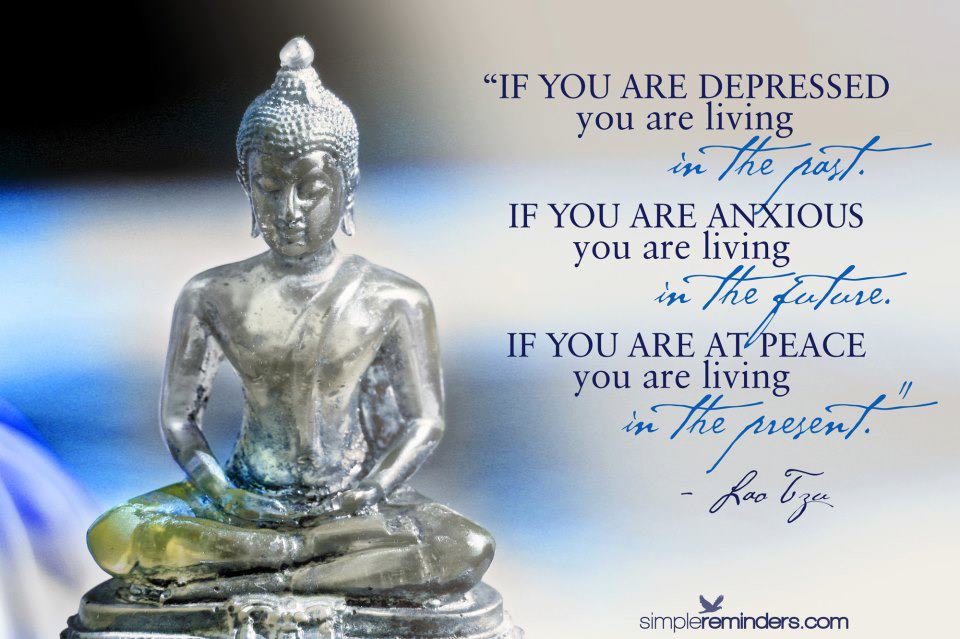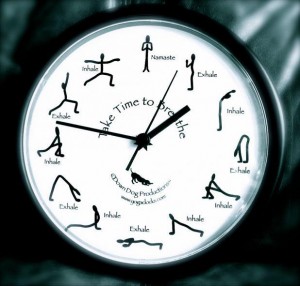today, before you get on your mat with movement, rest in stillness and listen to your body..it will direct you..it’s smarter than you 🙂
Tag Archives: yoga
decisions
past present future
To center the mind in the present moment doesn’t mean pushing things away; honor the wholeness of it while you focus your mind, with directed and single-pointedness.
You can take this moment to sit straighter in your chair, close your eyes and focus on simply taking 10 breaths in and out, very softly
tuning in
from center
Mind Full or Mindful?
Mind Full or Mindful?
What does your morning say about you?
This is a subject that was on my mind for a while, but especially so today. As I crossed the street on a green light, a car turned right to literally whiz by me, barely 10 seconds away from knocking me over like a bowling pin. It was obvious that the driver wanted to make the green light, but at what cost? As it is, the street has 5 schools on it and so is a 30km/hr zone, not a 50 or 60 km/hr zone, which is what the average person does – unless the police are posted on a sting operation.
Like the speeder, most people hit the ground running in the morning. They wake up with fifty different things on their mind, rushing around the house, to errands, and to work. The pace of today is crammed and continuous. When things happen faster than a tweet, it’s easy to get caught up in this go-go-go mindset. In yoga sutra 1.2, Patanjali says: “yogascittavrttinirodhah” which is understood as “yoga is the ability to direct and focus mental activity.” In other words, Yoga is a practice aimed at taming the mind, which is considered to be a wild animal.
Assuming this racing mind is what’s driving you, you may tip the speed limit, and that has obvious repercussions. If you start your day rushing back and forth, stressed and scattered, what does it do to the afternoon and evening? How does it translate into your body language? Are you someone who grips the wheel, clenches your teeth, drops your head and shoulders forward…? At any rate, these are habits that wind up causing headaches, stiff necks, back pain and more! The issues are in the tissues! The racing mind never drives the speed limit.
Calm your racing mind: start your mindfulness practice in the morning so that it will set the foundation for your day.
What can you do to stay relaxed while still making it to work on time, getting your workout in, taking the time to kiss your significant other good-bye, walk the dog, get groceries and all that jazz? Here are a few tips to take you from mind full to mindful in the morning :
- Wake up a few minutes earlier- not to loud music or CNN but something quieter and melodic.
- Try a few yoga poses (cat stretch is always a great standby) and/or a short meditation
- Take a walk outdoors instead of doing cardio at the gym – time permitting… it really changes your perspective
- Repeat an affirmation, such as; “ I am calm and centered as I begin this new day”
- Spend a few quiet moments alone and count your blessings.
- Start your day by taking a few centering breaths. Get rhythmic so that your exhale tempo is twice as long as your inhale. You can do this sitting on the edge of your bed right after you wake up.
- Set your coffee or tea up the night before so it is ready for you to switch on, giving you time to do one of the above.
- Make a to-do list so you are focused, rather than frantic
- Eat something healthy for breakfast so you don’t crash and burn.
- Never leave home angry. If you’re feeling angry, stop and count to ten. Be kind rather than right and let the issue go, or at least agree to shelve it til later.
Learning how to tune in to your own inner rhythm and relax is a skill set that has side benefits throughout your day. Having a more inspired mindset and feeling connected to yourself is really powerful awareness. Maybe you will get into the car, use the headrest, relax your shoulders, turn the ignition, and be driven by an alert relaxation that is an incredibly preventive medicine, not only against speeding tickets, but other health concerns. Leave your full, wild animal mind behind to a morning of peace and mindfulness.
Photo Credit: Ernest
from the heart
today I allow my yoga practice to radiate from an open heart
great day to do light and energizing backbends, they tend to help alleviate stiffness in the shoulders/upper back, and can help to keep your spirits lifted…
time
what will you take time for today?
I once tuned into Oprah and she talked about scheduling yourself into your day.
A yoga practice can be whatever you need it to be. Play a chant, do a few stretches, close your eyes, breathe, be, smile….
bridges
“asanas act as bridges to unite the body and the mind, and the mind with the soul” ~ BKS Iyengar
my yoga practice builds clarity, dissolves resistance, and helps me move from one place to another
even one conscious breath can connect your mind to your body and this present moment in time
In yoga asana, “bridge pose” or, (SET-too BAHN-dah)
setu = dam, dike, or bridge
bandha = lock
has many benefits
- Stretches the chest, neck, and spine
- Calms the brain and helps alleviate stress and mild depression
- Stimulates abdominal organs, lungs, and thyroid
- Rejuvenates tired legs
- Improves digestion
- Helps relieve the symptoms of menopause
- Relieves menstrual discomfort when done supported
- Reduces anxiety, fatigue, backache, headache, and insomnia
- Therapeutic for asthma, high blood pressure, osteoporosis, and sinusitis
There are many variations, both restorative and more energizing! Use your pose to connect you to better health!
attitude
A balanced yoga practice helps us cultivate an attitude of positivity even through adverse circumstances…”Things work out best for those who make the best of how things work out”
